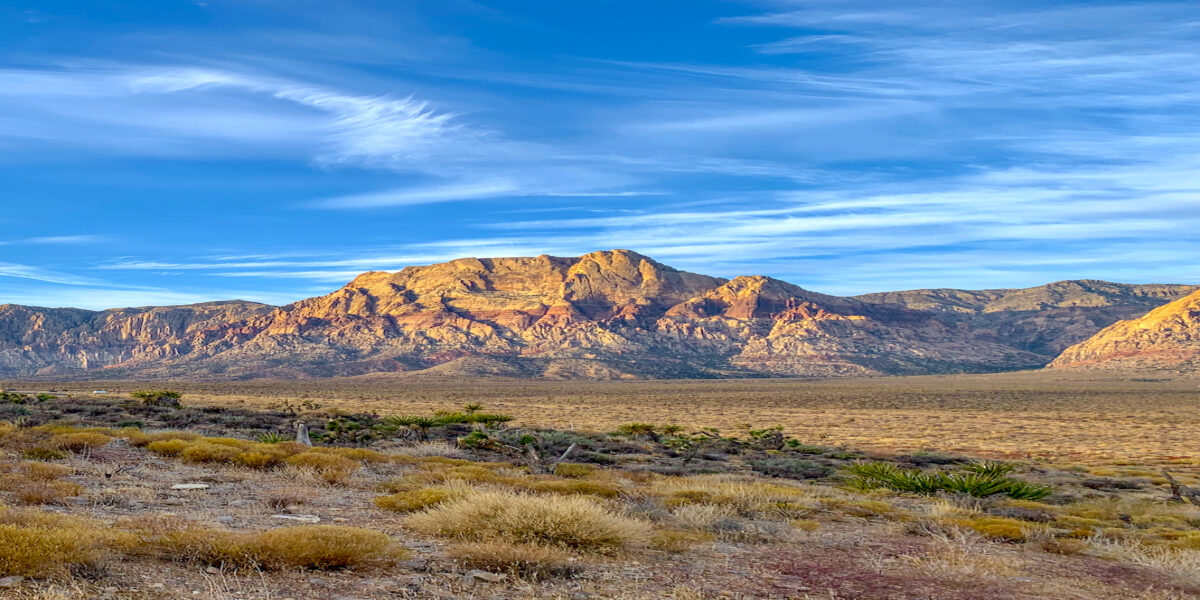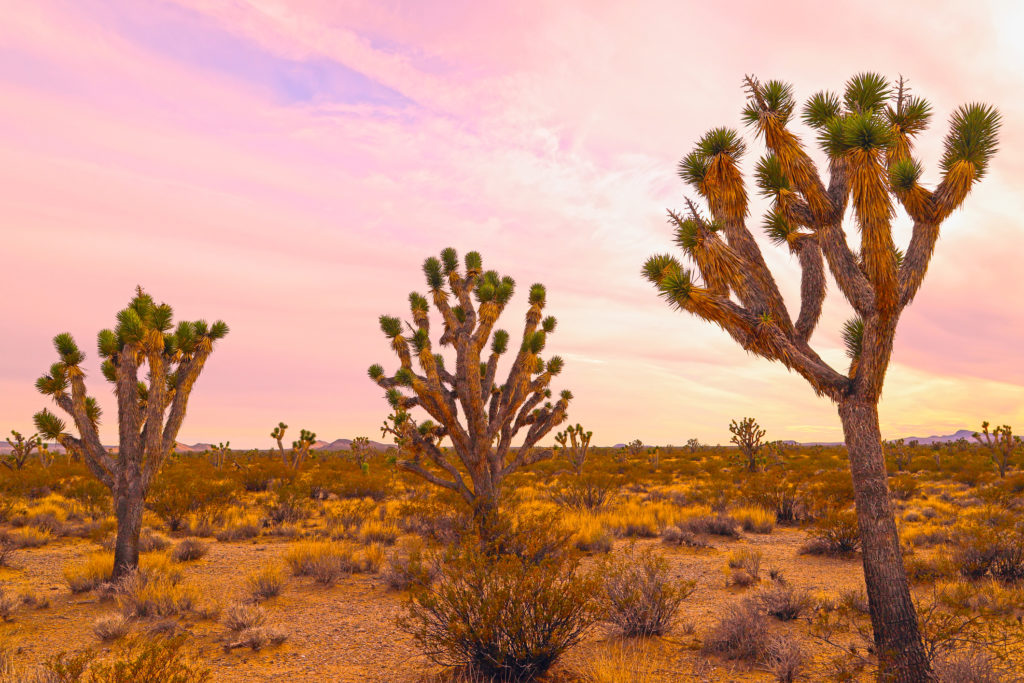
We Have Two Brand New National Monuments (And Yes, They’re Totally Spectacular)
The Avi Kwa Ame National Monument includes lands sacred to the Tribal Nations and is home to some of the largest populations of ancient Joshua Trees on the planet.

On March 21, President Joe Biden announced the establishment of two new national monuments in Nevada and Texas, done in an effort to continue “protecting the heart and soul of our national pride,” he said.
The Avi Kwa Ame National Monument (also known as Spirit Mountain, just two hours outside Las Vegas in Southern Nevada) is considered to be among the most sacred places on Earth by the Mojave, Chemehuevi, and some Southern Paiute people, among other tribes, many of whom considered it their spiritual birthplace. The biodiversity of the region is also of note, with wildlife including bighorn sheep, Arizona toads, desert tortoises, Gila monsters, and a large concentration of Joshua trees, some of which are more than 900 years old, populating the area.
Castner Range National Monument, in El Paso, Texas, was designated at the same time. Located on the grounds of Ft. Bliss, it too will offer opportunities to explore both nature and history, but remediation work needs to be done before the public will be able to access it.
Interior Secretary Deb Haaland, the first Native American to serve as cabinet secretary, highlighted the Interior’s work to honor and uplift tribal nations and their knowledge of the land. “We’re incorporating Indigenous knowledge and honoring tribes for their role in stewarding our lands and waters since time immemorial,” Haaland said during her emotional speech.

Daniela Duncan/ Getty Images
Together, the two new national monuments protect nearly 514,000 acres of public land, and Avi Kwa Ame alone creates one of the largest contiguous areas of protected wildlife habitat in the United States, tying together the protected lands of the Mojave Desert in California to the southwest with the Lake Mead National Recreation Area and other protected areas to the east near the Colorado River.
“Avi Kwa Ame and Castner Range are spiritual, cultural, and natural treasures with thousands of years’ worth of history and legacies worth protecting,” Chris Hill, senior director of Sierra Club’s Our Wild America campaign, said. “Today’s designations will preserve them for generations to come and add to the stories and legacies we commemorate through public lands, in addition to protecting critical habitats and vulnerable species.”
The effort is part of Biden’s ambition to deliver on the most ambitious land and water conservation agenda in American history, and to honor Tribal sovereignty while protecting Tribal homelands. These are the second and third national monument designations of the President, who this fall named the Camp Hale National Divide in Colorado as a monument in what was a victory for native, Veteran, and conservation groups. Part of the announcement this week included that they will also creating a marine sanctuary in U.S. waters near the Pacific Remote Islands southwest of Hawaii.
Read the Current Issue Here!
Get one year of Sunset—and all kinds of bonuses—for just $29.95. Subscribe now!
